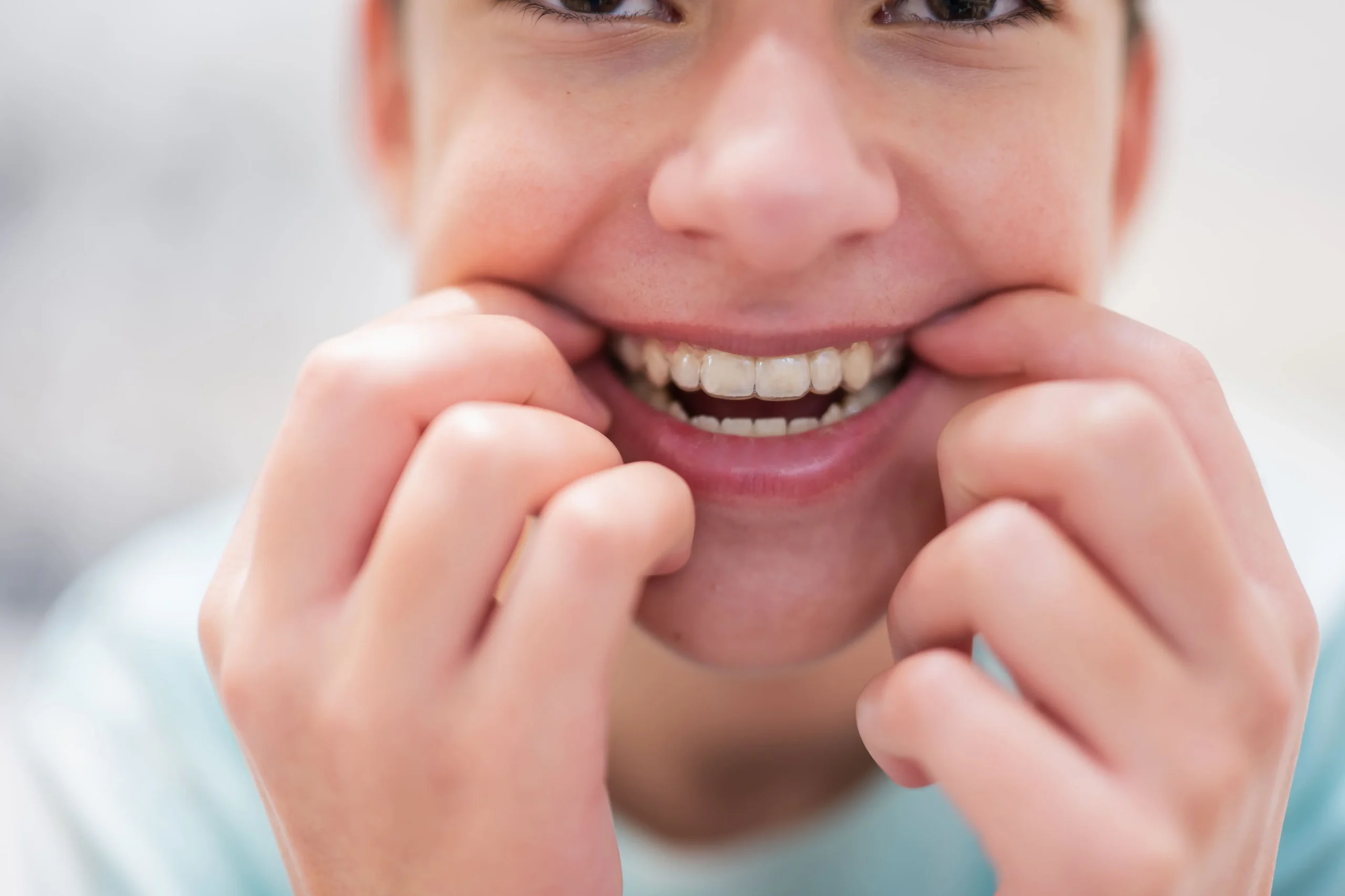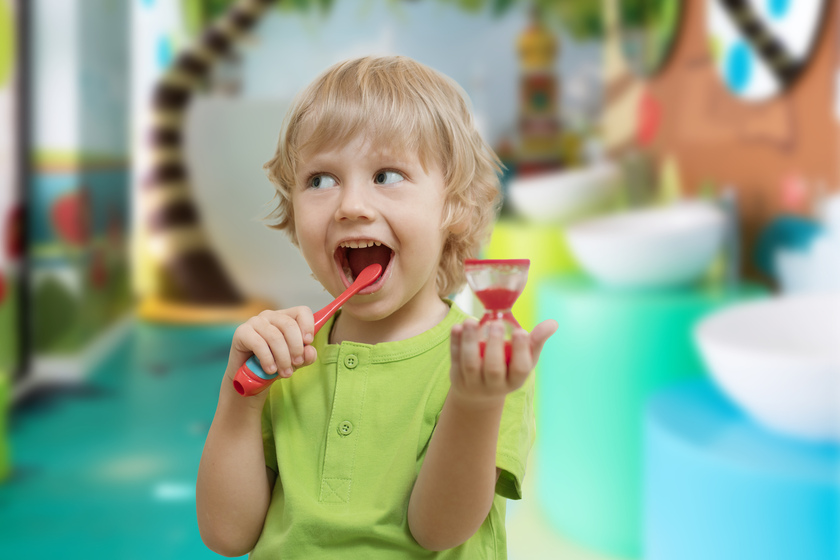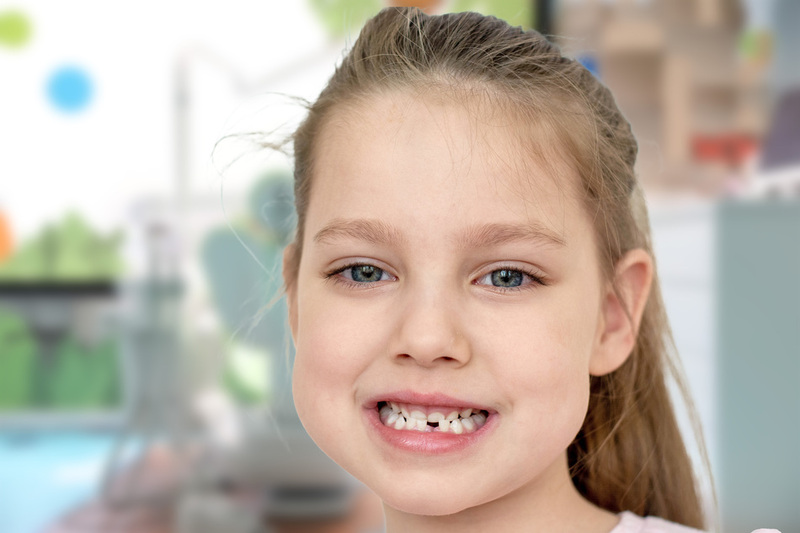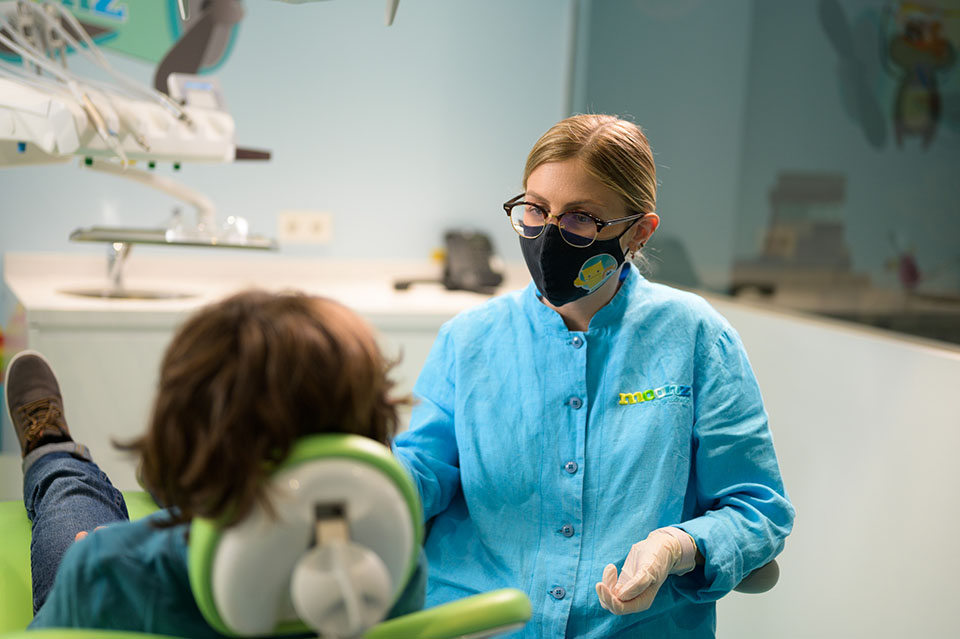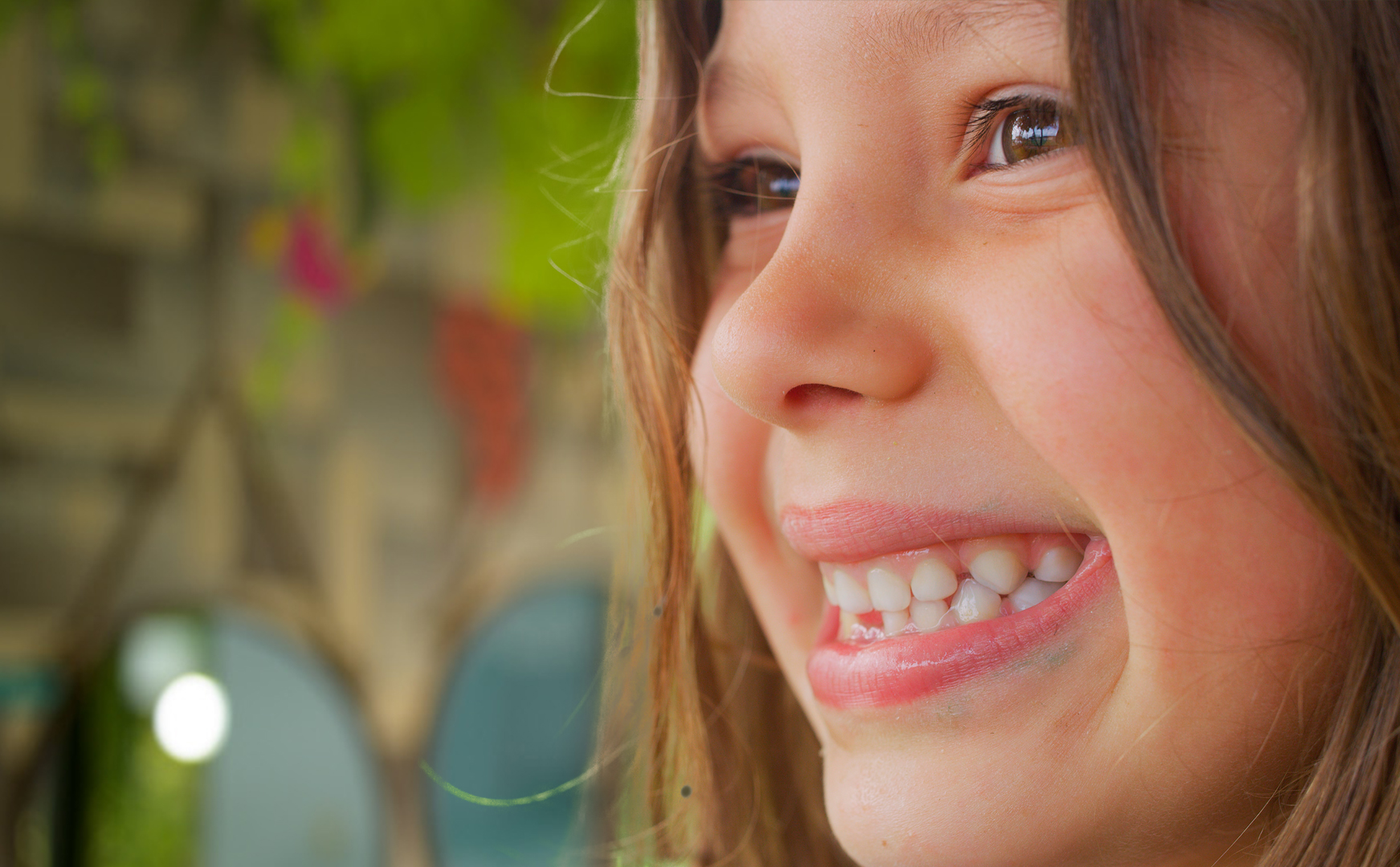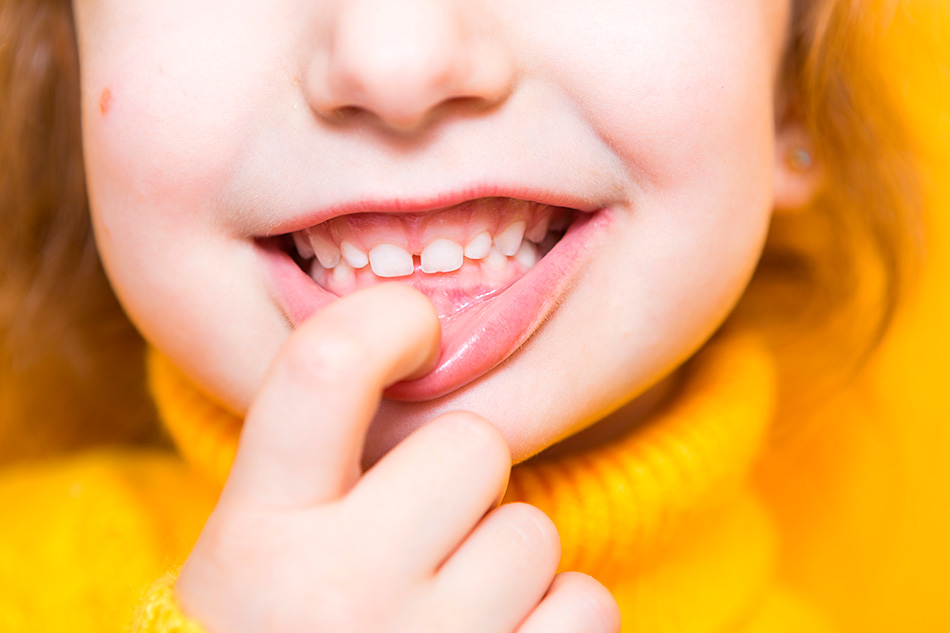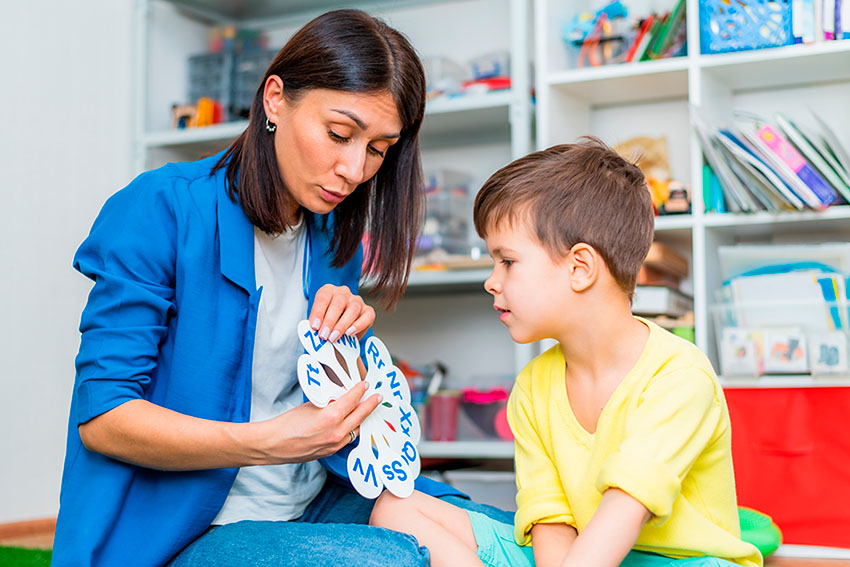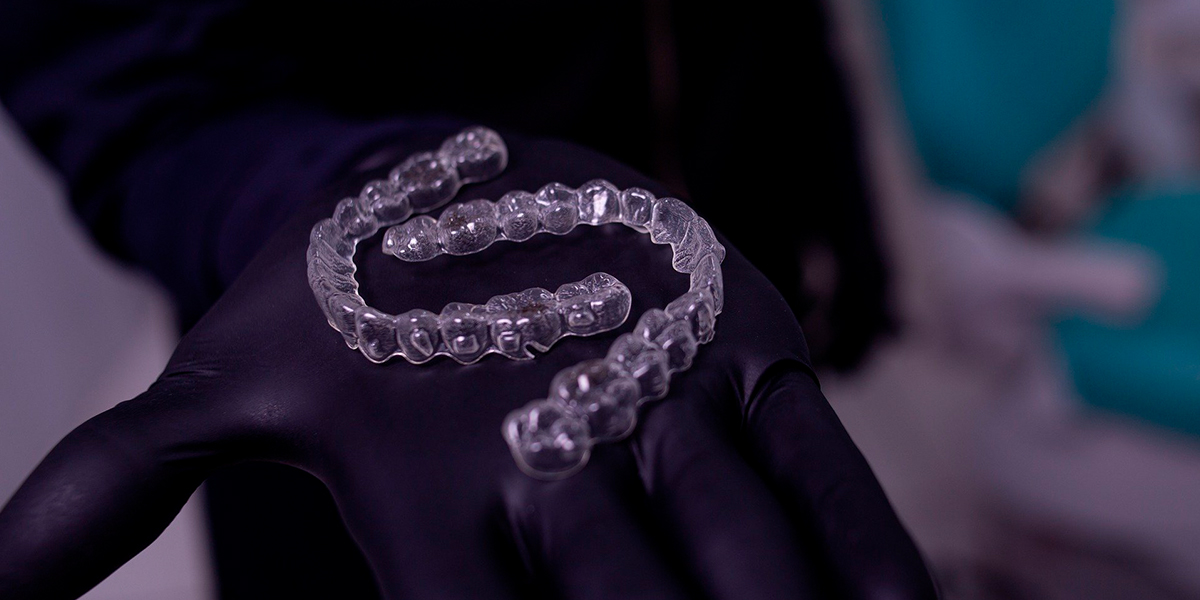Dental caries has become one of the most common chronic childhood diseases. This pathology causes demineralisation of the tooth enamel due to the acids produced by bacterial plaque.
It is a disease that affects both the permanent teeth and the milk teeth, which is why it is important to treat caries in time at a pediatric dentistry for kids.
One of the most common treatments to stop the progression of caries in the milk teeth are fillings.
But sometimes it can affect the nerve of the tooth. In this case, a pulpotomy should be performed because it can also affect the permanent teeth.
WHAT IS PULPOTOMY IN CHILDREN?
Pulpotomy is one of the most common procedures in paediatric dentistry. These procedures are only performed on deciduous teeth. When such a procedure is performed on permanent teeth, it is called apicogenesis.
This procedure is performed when it is necessary to remove part of the dental pulp due to deep caries or severe trauma.
The main objective is to preserve the affected tooth, which will serve as a guide for the eruption of the permanent tooth.
WHEN IS A PULPOTOMY PERFORMED?
There are several symptoms that indicate the need for a pulpotomy:
- Pain caused by cold, heat or tooth brushing.
- Chipped or cracked teeth or tooth fractures.
- Swollen gums.
- Pain when biting or chewing.
- Deep decay near the nerve.
- Change in colour of the enamel: the teeth become more yellowish.
HOW IS PULPOTOMY PERFORMED IN CHILDREN?
The first step in performing a pulpotomy is to visit a paediatric dentist who will assess the severity and condition of the lesion.
The specialist will perform a clinical and radiological examination to determine the extent of the damage.
If the nerve is affected and a pulpotomy is required, the dentist will locally anaesthetise the affected area to avoid possible discomfort during the procedure.
He or she will then cut open the pulp and remove the damaged part. After the most superficial pulp (ventricular pulp) has been removed, a medication is placed over the entrance to the canals and the tooth is reconstructed to restore its functionality and aesthetics.
After the procedure, the specialist will continue to follow up with the patient and arrange future visits to monitor the state of oral health. In this way, he ensures that the treated tooth is free of symptoms and that the pulp is completely healthy.
WHAT IS THE DIFFERENCE BETWEEN PULPOTOMY AND PULPECTOMY?
The difference between pulpotomy and pulpectomy may not be clear, as they are similar terms but completely different treatments.
As we have read, pulpotomy is a technique based on the partial extraction of the damaged pulp.
Pulpectomy, on the other hand, consists of the complete removal of the dental pulp, in addition to the root pulp, due to an infection caused by severe trauma or extensive caries.
This procedure is usually performed when a pulpotomy is not sufficient to save the tooth, as pulpitis (inflammation of the pulp) is irreversible.
Both treatments are only performed on deciduous teeth and their main aim is to preserve the functionality of the affected tooth.
CONCLUSIONS
Pulpotomy is one of the most common treatments in our clinic, as it is an effective solution for dental caries in almost all cases.
Dental caries is one of the most common chronic childhood diseases caused by poor oral hygiene or excessive consumption of sugary foods.
The easiest way to prevent tooth decay and thus avoid a pulpotomy is to ensure a healthy mouth by following some good oral hygiene habits and practises. Teaching children how to take care of their teeth is key to preventing tooth decay. Therefore, it is important that they brush their teeth after every meal, floss, avoid sugary drinks and foods, eat foods rich in fibre and calcium and visit their paediatric dentist at least twice a year.






